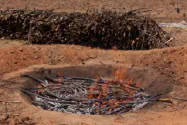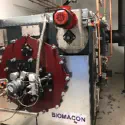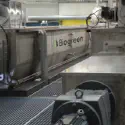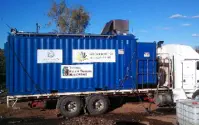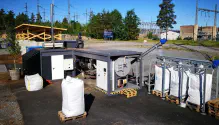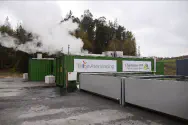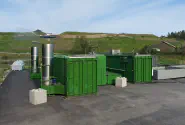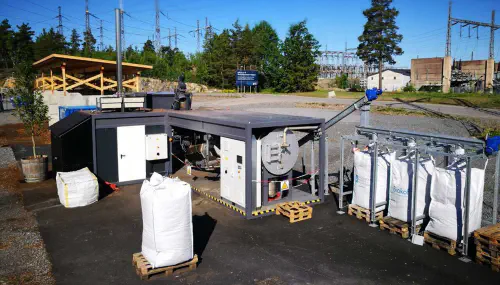
2 - Pyrolysis
Pyrolysis is the thermochemical conversion process during which a (biomass) feedstock is heated in the partial or total absence of oxygen. While pyrolysis is the main technique for producing biochar, other thermochemical conversion techniques exists for carbonising biomass such as torrefaction, hydrothermal carbonisation, and gasification.
Biomass pyrolysis yields three main products: non-condensable gases, liquid oil or tars, and solid char. Often, the pyrolysis gases and oil are directly combusted and recovered as energy. In more advanced cases, pyrolysis oil and gas can be recovered, upgraded and used later for energy or chemical products.
In environmental systems analysis, pyrolysis is described as a multi-functional process or multi-product process since it delivers several useful products or services. Note that if waste biomass is used in pyrolysis, another service can be defined, namely waste treatment.
![*Installed biochar production capacity in Sweden over time* [Coming soon: EU data & interactive figure]](2-pyrolysis-survey-units.png)
